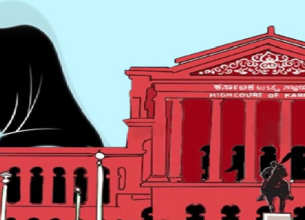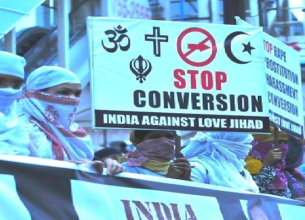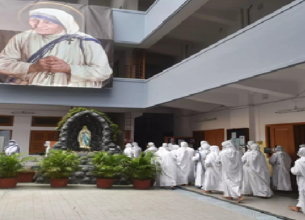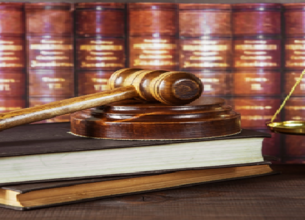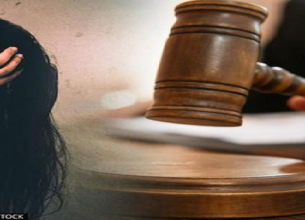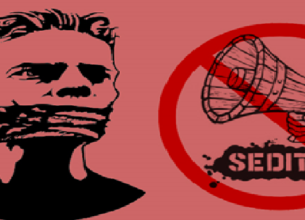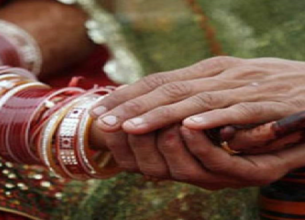SC ON RIGHT TO RELIGION
12, May 2020
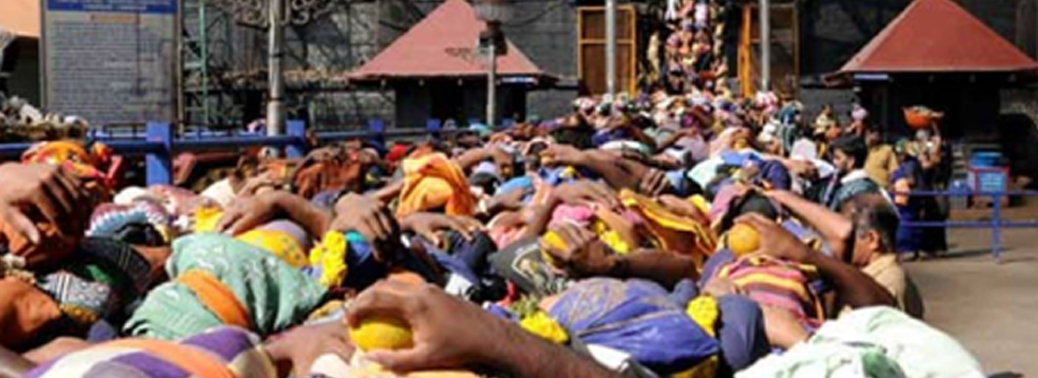
Prelims level : Rights Issues
Mains level : GS-II Indian Constitution- historical underpinnings, evolution, features, amendments, significant provisions and basic structure.
Why in News?
- A Nine-judge Bench of the Supreme Court declared that Superior Courts enjoy untrammelled power to take up any cause to do Complete Justice.
About the News:
- On November 14 last year, a five-judge Bench led by then Chief Justice Ranjan Gogoi did not complete its assigned task of reviewing the apex court’s original Sabarimala judgment of 2018, which allowed women of every age to enter and worship at the temple.
- Instead, it had framed “larger issues” concerning essential religious practices of various religions and clubbed other pending cases on subjects as varied as female genital mutilation among Dawoodi Bohras to entry of Parsi women who married inter-faith into the fire temple and Muslim women into mosques and referred them all to a larger Bench.
- Chief Justice Bobde, who succeeded Justice Gogoi as top judge, set up a nine-judge Bench to hear the reference.
What were the Issues?
Entry of Women into the Sabarimala Temple:
- On 28thSeptember 2018, SC lifted the ban that prevented women and girls between the age of 10 and 50 (mainly menstruating women) from entering the famous Ayyappa shrine in Kerala by a majority verdict of 4:1.
- It held that the centuries-old Hindu religious practice was illegal and unconstitutional (Article 14 and 25).
- Temple custodians argue that women of menstrual age are prohibited from offering prayers as the deity there, Ayyappa, is a celibate.
Muslim Women’s Entry into Mosques:
- In April 2019, the SC was moved to seek directions for allowing Muslim women to enter mosques through the main door, and to have the “Islamic right to visual and auditory access to the ‘musalla’ (main prayer area)”.
- The petition said that “this act of prohibition is void and unconstitutional as such practices are not only repugnant to the basic dignity of a woman as an individual but also violative of the fundamental rights guaranteed under Articles 14, 15, 21 and 25 of the Constitution”.
- The matter was last heard on November 5, 2019, by a Bench comprising CJI-designate Justice S A Bobde and Justices S Abdul Nazeer and Krishna Murari.
Female genital mutilation among Dawoodi Bohras:
- On September 24, 2018, a Bench of SC referred the matter in ‘Sunita Tiwari vs Union of India and Ors’ to a larger Bench of the Supreme Court.
- The petition, filed under Article 32 of the Constitution, had questioned the constitutionality of the practice of Female Genital Mutilation (FGM) or ‘khatna’, or Female Circumcision (FC) or ‘khafd’, which the petitioner said was carried out on every girl child in the Dawoodi Bohra community.
- The petition relied on the UN Convention on the Rights of the Child and the Universal Declaration of Human Rights and urged that the practice is violative of Article 21 (right to life and personal liberty).The Bench submitted that the matter should be referred to a larger Bench, which the SC accepted.
Entry of Parsi Women Married to non-Parsis in the Agyari:
- The Special Leave Petition in ‘Goolrukh Gupta vs Burjur Pardiwala’ arose out of a judgment passed by the Gujarat High Court in 2012.
- The petitioner, Goolrukh Contractor Gupta, moved the High Court in 2010 after her friend who too, like her, was a Parsi married to a Hindu, was denied entry to the Tower of Silence during her mother’s last rites some years before.
- In the court, Goolrukh Gupta’s counsel, argued that the question was, “in the case of marriage between a Hindu and Parsi, does it result in automatic conversion of religion?” The matter hence raised issues of gender justice.
- In December 2017, a Constitution Bench observed that “DNA does not evaporate” after marrying outside one’s religion”, and that by marrying outside her religion, a woman does not “surrender her affection to her Father”.
What was the Apex Court’s Decision?
- There is no fetter on the exercise of discretion of this court in referring questions of law to a larger Bench in review petitions.
- Being a superior court of record, it is for this court to consider whether any matter falls within its jurisdiction or not.
- Unlike a court of limited jurisdiction, the superior court of record is entitled to determine for itself questions about its own jurisdiction.
- It invoked Article 142 of the Constitution “which enables this court to make any order as is necessary for doing complete justice in any cause or matter pending before it.”
What are the Concerns?
- The questioned has now risen that how the nine-judge Bench would determine the law without knowledge of the facts of each individual case.
- There are concerns within the court itself about clubbing these four issues together because this will lead to a situation where not everyone is equally content and a uniform verdict can give rise to religious conflicts.
- In setting itself the task of defining this constitutional morality, the court will now have to go into the question of its limits and boundaries, of its possible clash with religious beliefs and faith.
- The essentiality test impinges on the autonomy and freedom of religion which was meant to guarantee freedom to practice one’s beliefs based on the concept of “inward association” of man with God.
- The Court is creating problems for itself as well as circumscribing individual freedoms and treading into the clergy’s domain.
Way Forward:
- Each of these issues must be considered on their own ground with different redressal mechanisms. On essential religious practice, SC should go case by case rather than aim for a grand unified theory.
- The court has been inconsistent in applying the essential religious practice doctrine and maybe it should be left like that only to avoid further tensions.
- Court’s push for expanding its remit and for hard clarity on complex questions will prove difficult and maybe counterproductive so it should not dwell deeper into the religious matter after a Certain Point.
- The court upheld ideas of freedom and equality and the constitutional promise of a pluralistic and inclusive society while redressing an injustice which should be upheld as a beacon of hope for a just and equal society.



